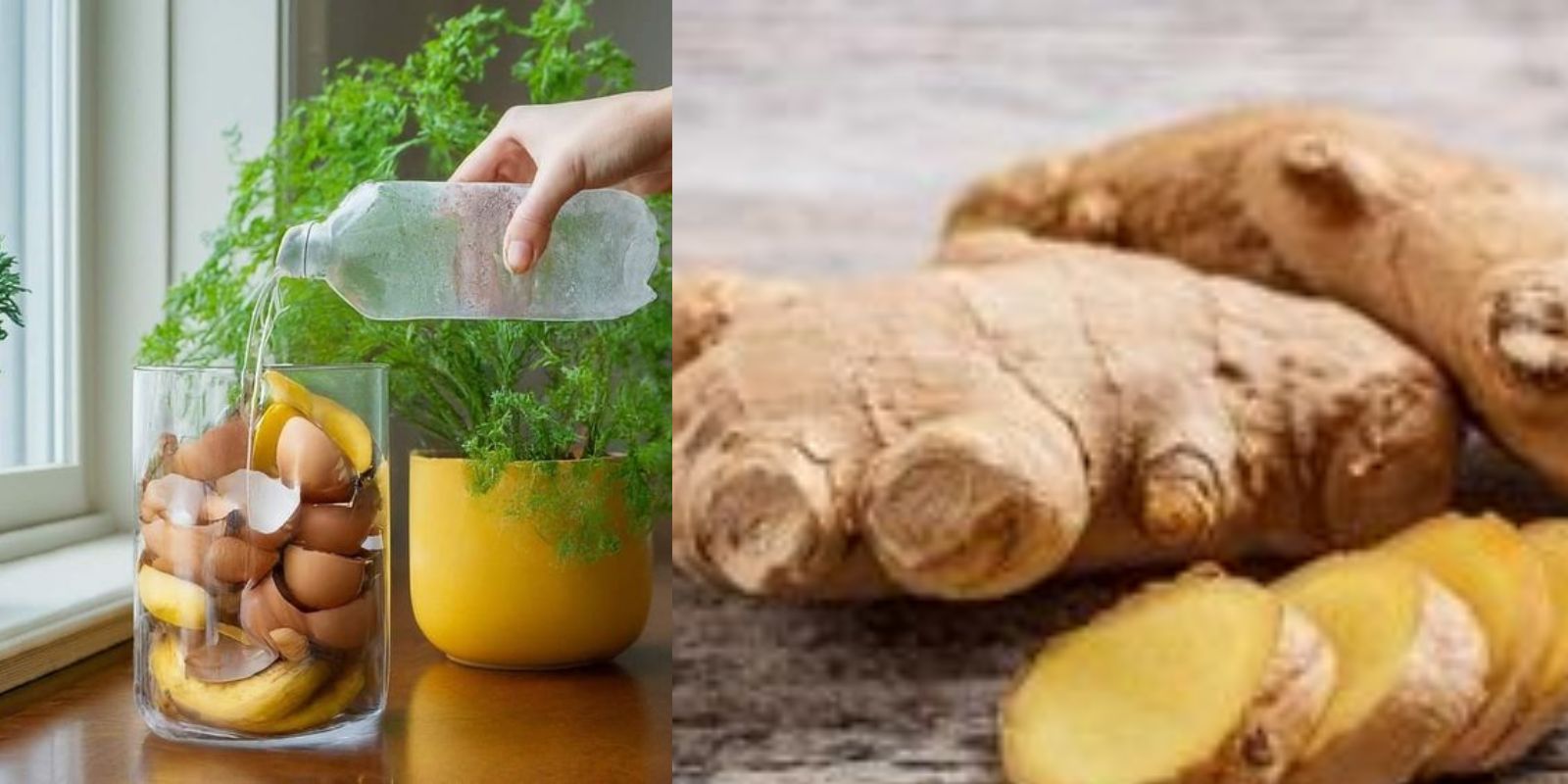In the realm of gardening and plant care, the quest for healthy, vibrant plants often leads enthusiasts to explore various fertilization methods. While commercial fertilizers abound, many gardeners are turning to homemade alternatives for several compelling reasons—affordability, sustainability, and the satisfaction of knowing exactly what goes into nurturing their plants. This article dives deep into the world of homemade fertilizers, showcasing twelve simple recipes using everyday household items that can transform your gardening experience.
The Appeal of Homemade Fertilizers
Traditional gardening wisdom often emphasizes the benefits of using natural, organic fertilizers. Homemade fertilizers offer several advantages over their commercial counterparts:
- Cost-Effectiveness: Household items used in homemade fertilizers are typically inexpensive or readily available, minimizing gardening costs.
- Environmental Sustainability: By repurposing kitchen scraps and household waste, homemade fertilizers reduce landfill waste and promote sustainable gardening practices.
- Customization: Gardeners have control over the ingredients and nutrients added to their plants, tailoring fertilizers to specific plant needs or soil deficiencies.
- Healthier Plants: Natural fertilizers improve soil structure, enhance nutrient availability, and foster beneficial microbial activity, resulting in healthier, more resilient plants.
12 Homemade Fertilizer Recipes
Let’s explore twelve DIY fertilizers that utilize common household items to nourish your plants effectively:
- Banana Peel Fertilizer:
- Preparation: Soak banana peels in water for several days.
- Benefits: Rich in potassium, ideal for flowering plants and fruit-bearing trees.
- Eggshell Fertilizer:
- Preparation: Crush dried eggshells into a fine powder.
- Benefits: Adds calcium to the soil, promoting strong cell walls and preventing blossom end rot.
- Coffee Grounds Fertilizer:
- Preparation: Mix used coffee grounds into the soil or compost.
- Benefits: Provides nitrogen and phosphorus, suitable for acid-loving plants like roses and azaleas.
- Epsom Salt Fertilizer:
- Preparation: Dissolve Epsom salt in water.
- Benefits: Supplies magnesium, beneficial for plant growth, foliage health, and flower production.
- Fish Tank Water:
- Preparation: Use water from cleaning fish tanks.
- Benefits: Contains nitrogen and trace minerals from fish waste, ideal for all-around plant nutrition.
- Weed Tea:
- Preparation: Steep common weeds like nettles in water.
- Benefits: Creates a nutrient-rich liquid fertilizer high in nitrogen, potassium, and phosphorus.
- Molasses Fertilizer:
- Preparation: Mix molasses with water.
- Benefits: Boosts soil microbial activity, aiding in nutrient breakdown and availability to plants.
- Vinegar Fertilizer:
- Preparation: Dilute vinegar with water.
- Benefits: Acidifies soil for acid-loving plants, enhancing nutrient uptake and growth.
- Compost Tea:
- Preparation: Steep compost in water.
- Benefits: Provides a balanced blend of nutrients and beneficial microorganisms for healthy plant growth.
- Cooking Water:
- Preparation: Use cooled water from boiling vegetables.
- Benefits: Contains leached nutrients like potassium and vitamins, suitable as a supplementary fertilizer.
- Wood Ash Fertilizer:
- Preparation: Sprinkle wood ash around plants.
- Benefits: Adds potassium and raises soil pH slightly, beneficial for fruiting plants and vegetables.
- Green Tea Fertilizer:
- Preparation: Use brewed green tea (cooled).
- Benefits: Provides antioxidants and trace nutrients, suitable for houseplants and sensitive ornamentals.
Applying Homemade Fertilizers Effectively
To maximize the benefits of homemade fertilizers:
- Application Rates: Apply fertilizers sparingly to avoid nutrient imbalances or soil pH shifts.
- Timing: Apply fertilizers during the growing season when plants are actively taking up nutrients.
- Observation: Monitor plant response and adjust fertilizer applications based on plant health and growth.
Conclusion
Homemade fertilizers offer a practical, eco-friendly approach to nurturing your plants, whether you’re tending to a small urban garden or managing a vast backyard oasis. By harnessing the nutrient-rich potential of everyday household items, gardeners can cultivate healthier, more resilient plants while minimizing environmental impact and reducing gardening expenses. Embrace the creativity and versatility of homemade fertilizers, experiment with different recipes, and witness the transformative power of natural plant care in your own garden. With these twelve DIY fertilizer recipes, you’re equipped to embark on a sustainable gardening journey that fosters flourishing plants and a greener world. Happy gardening!

